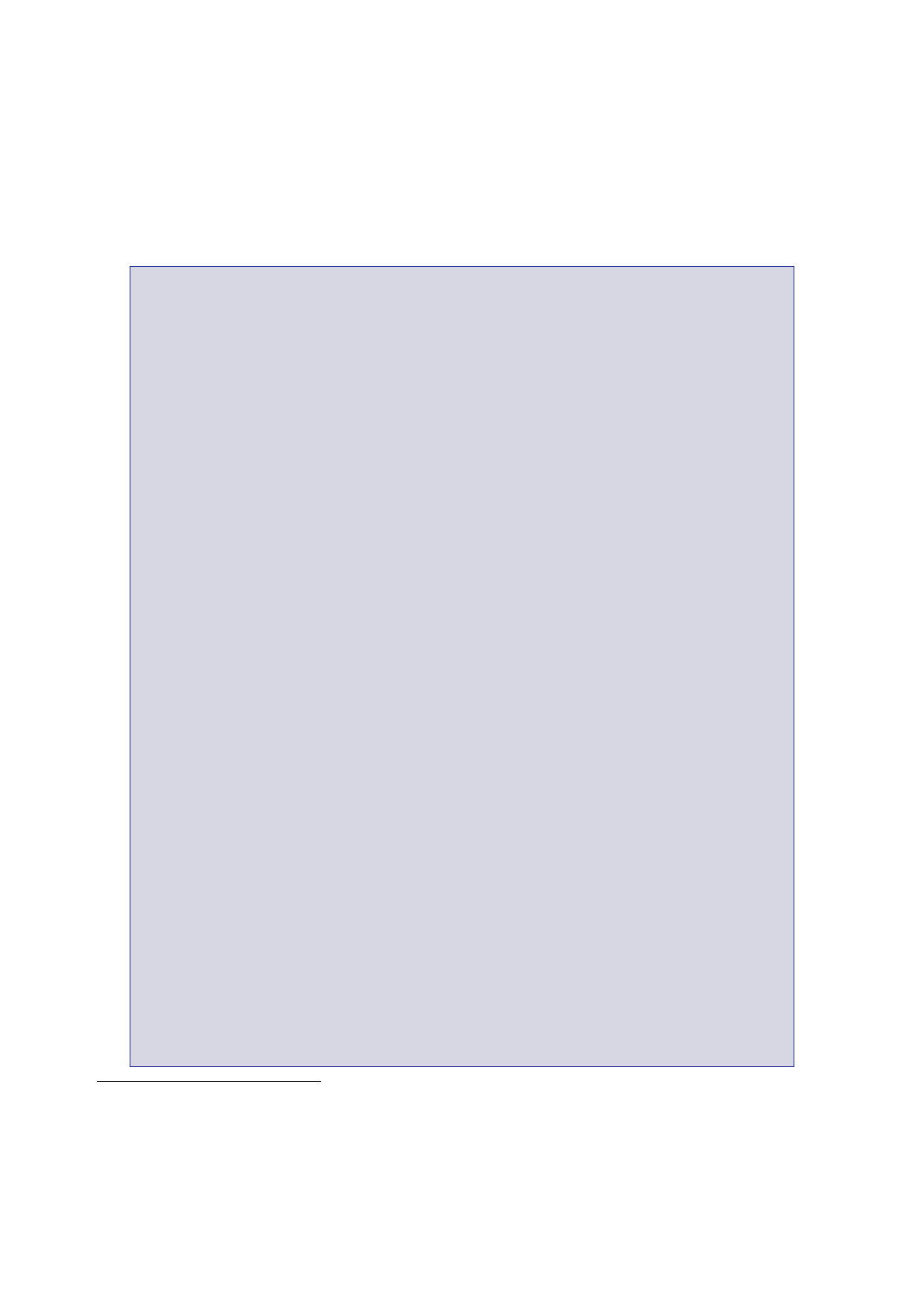
The Report
of the Iraq Inquiry
•
“The new
material so far found” did “not alter UK assessments of
Iraq’s
WMD programmes”.
•
The
declaration made “no attempt to deal with the points made in
the
UK dossier”.
151.
The key
elements of the Assessment are set out in the Box
below.
The
Assessment rehearsed the UK’s knowledge of Iraq’s production of WMD
before 1991
and the
material which UNSCOM had been “unable to account for”, and the
judgements in
the
September dossier.
Intelligence
on the declaration
“Intelligence
indicated in early November that Iraq was considering a number of
options
… including
a possible admission of a small proportion of its illegal activity.
But by late
November
intelligence indicated that Iraq’s declaration would omit
references to its
banned
weapons and that the aim was to overload UNMOVIC with information.”
A senior
Iraqi
official was quoted as saying “the declaration would be general and
lacking in detail
and had
been padded out with various scientific reports and
studies”.
Overview
The
declaration was “largely based on material already presented to the
UN in previous
FFCDs
[Full, Final, and Complete Declarations] and other correspondence”.
“No
serious
attempt” had “apparently been made to answer any of the unresolved
questions
highlighted
by UNSCOM or to refute any of the points made in the UK
dossier”.
Iraq
continued to “claim that it has not conducted any illicit WMD or
ballistic missile
programmes
since 1991”. “Little new material … on the nuclear, chemical or
biological
weapons”
had been found; there was “some new material” on
missiles.
Chemical
weapons
The
declaration was based on a June 1996 FFCD and additional
information provided to
the UN
before 1998. Some of that information had not been seen previously
by the UK.
As well as
the “unaccounted for” quantities of agent, precursors and munitions
which
UNSCOM had
identified, the declaration did not:
•
“provide a key
document detailing the consumption of special munitions in
the
1980s”
which had been “removed from UNSCOM by the Iraqis”;60
•
“substantiate
Iraq’s denials … that attempts were made to manufacture
and
weaponise
VX”.
The list of
“over 30 sites in which chemical activity” took place was
“incomplete”.
60 A
document found by an UNSCOM inspector in a safe in Iraqi Air Force
headquarters in 1998.
It gave an
account of the expenditure of bombs, including chemical bombs, by
Iraq in the Iraq/Iran
war. It indicated that
13,000 chemical bombs were dropped by the Iraqi Air Force between
1983 and
1988. Iraq
had claimed that 19,500 bombs were consumed during that period.
Iraq had taken the
document
from the inspector.
316
